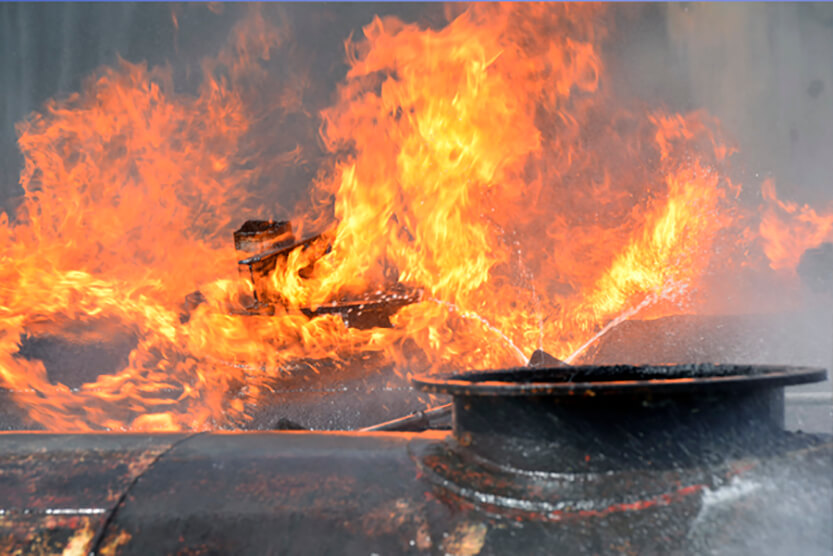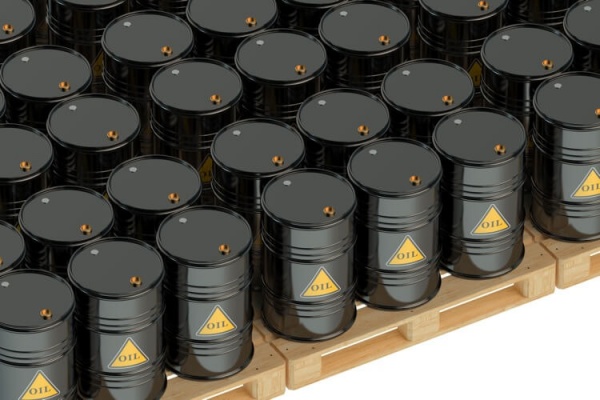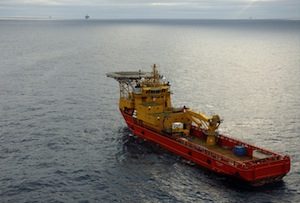Los peores accidentes con hidrocarburos en México: Primera Parte
En México, la actividad petrolera es una de las más importantes por su contribución al desarrollo económico, sin embargo también está considerada una industria altamente riesgosa, por su potencial para causar daños a personas, bienes y al medio ambiente. En ocasiones, a pesar de contar con diversas medidas de seguridad, los accidentes ocurren y pueden llegar a tener consecuencias catastróficas.
A continuación, se presentan dos de los peores accidentes con hidrocarburos y/o petrolíferos sucedidos en México:
19 de noviembre de 1984. Se registraron diversas explosiones en las plantas de almacenamiento y distribución de Gas de Pemex en San Juan Ixhuatepec, Tlalnepantla, Estado de México. La planta de almacenamiento contaba con 4 tanques con un volumen de 1600 m3 y 2 con un volumen de 2400 m3, equivalente a 11,000,000 de litros aproximadamente[1].
El accidente provocó la muerte de entre 500 y 600 personas y un aproximado de 4,500 heridos, 200 mil damnificados.
El 22 de abril de 1992. Una fuga de gasolina de un ducto de Pemex en Guadalajara vertió al subsuelo y al sistema de drenaje de la ciudad, lo que causó una gran explosión que dejó unos 210 muertos además de cuantiosos daños.
Estos dos siniestros significaron un importante precedente para la regulación de actividades altamente riesgosas, consideradas todas aquellas que manejan alguna de las sustancias contenidas en el Primer Listado (Manejo de Sustancias Tóxicas), de fecha 28 de marzo de 1990 y el Segundo Listado (Sustancias Inflamables y Explosivas) de fecha 04 de mayo de 1992.
Los listados fueron publicados posteriormente a cada uno de los siniestros antes mencionados, como una forma de incrementar las medidas de seguridad y evitar que volvieran a suceder.
En esos listados, se encuentran los hidrocarburos y petrolíferos, por lo que todos aquellos manejan estas sustancias están obligados a cumplir con la regulación aplicable a las actividades altamente riesgosas.
Una de esas obligaciones es contar con seguros de responsabilidad civil y responsabilidad ambiental para responder por los daños que puedan causar a terceros.
En NRGI Broker somos expertos en seguros para el Sector Hidrocarburos. Acércate a nosotros, con gusto te atenderemos.

[1] Ver “The tragedy of San Juanico- the most severe LPG disaster in history”, disponible en:http://www.ncbi.nlm.nih.gov/pubmed/358094




